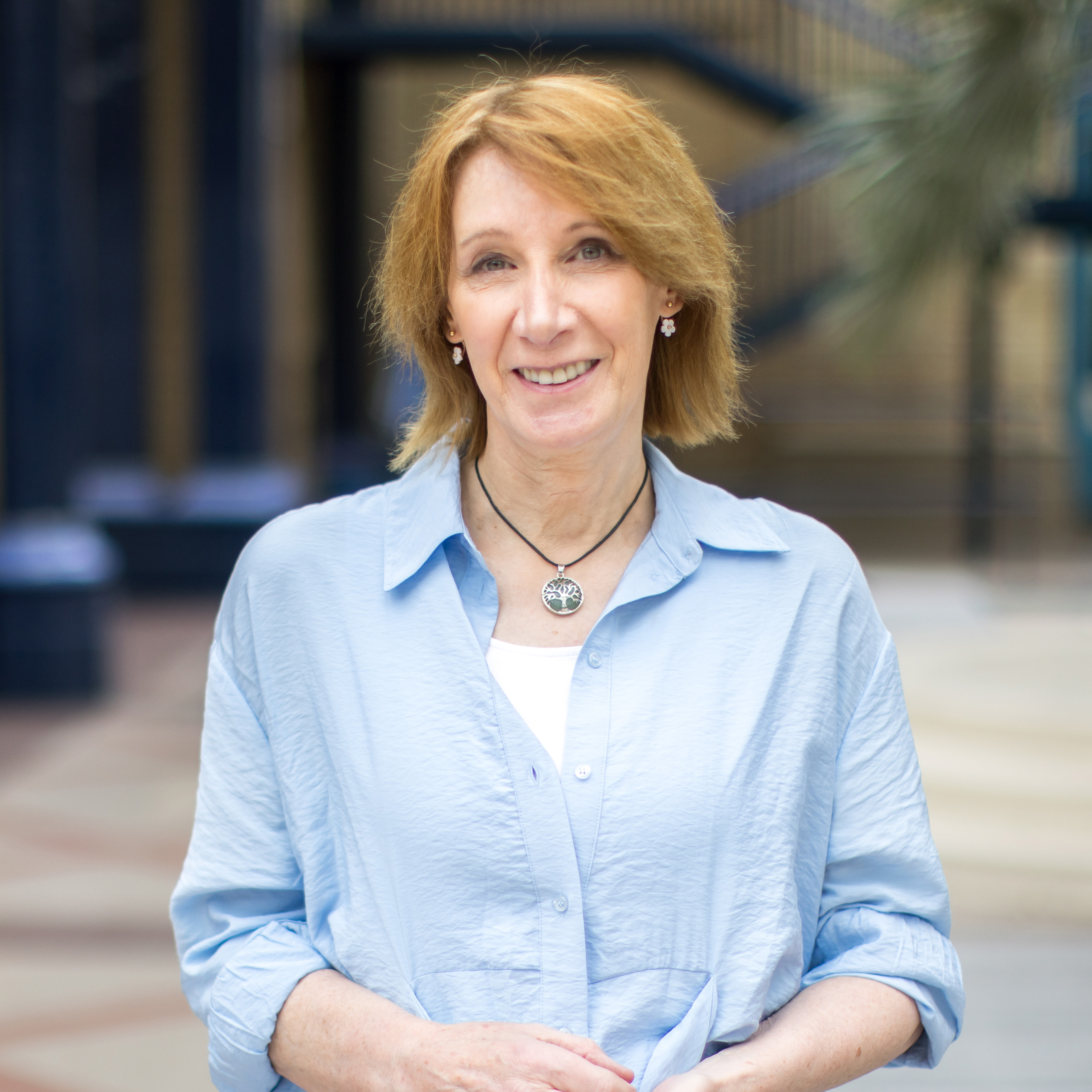Philippa York analysis: Alaphilippe has changed how the Tour de France will be raced
What next for Team Ineos and the other challengers' teams?
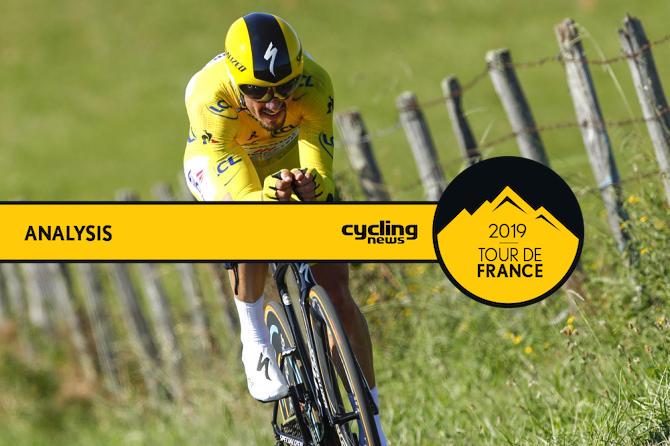
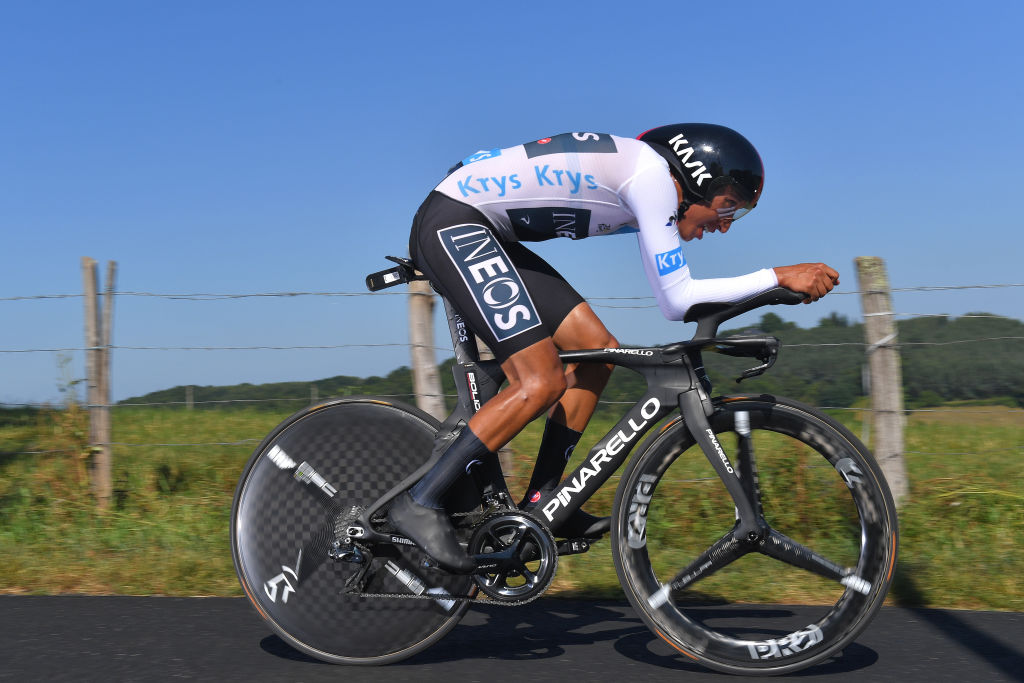
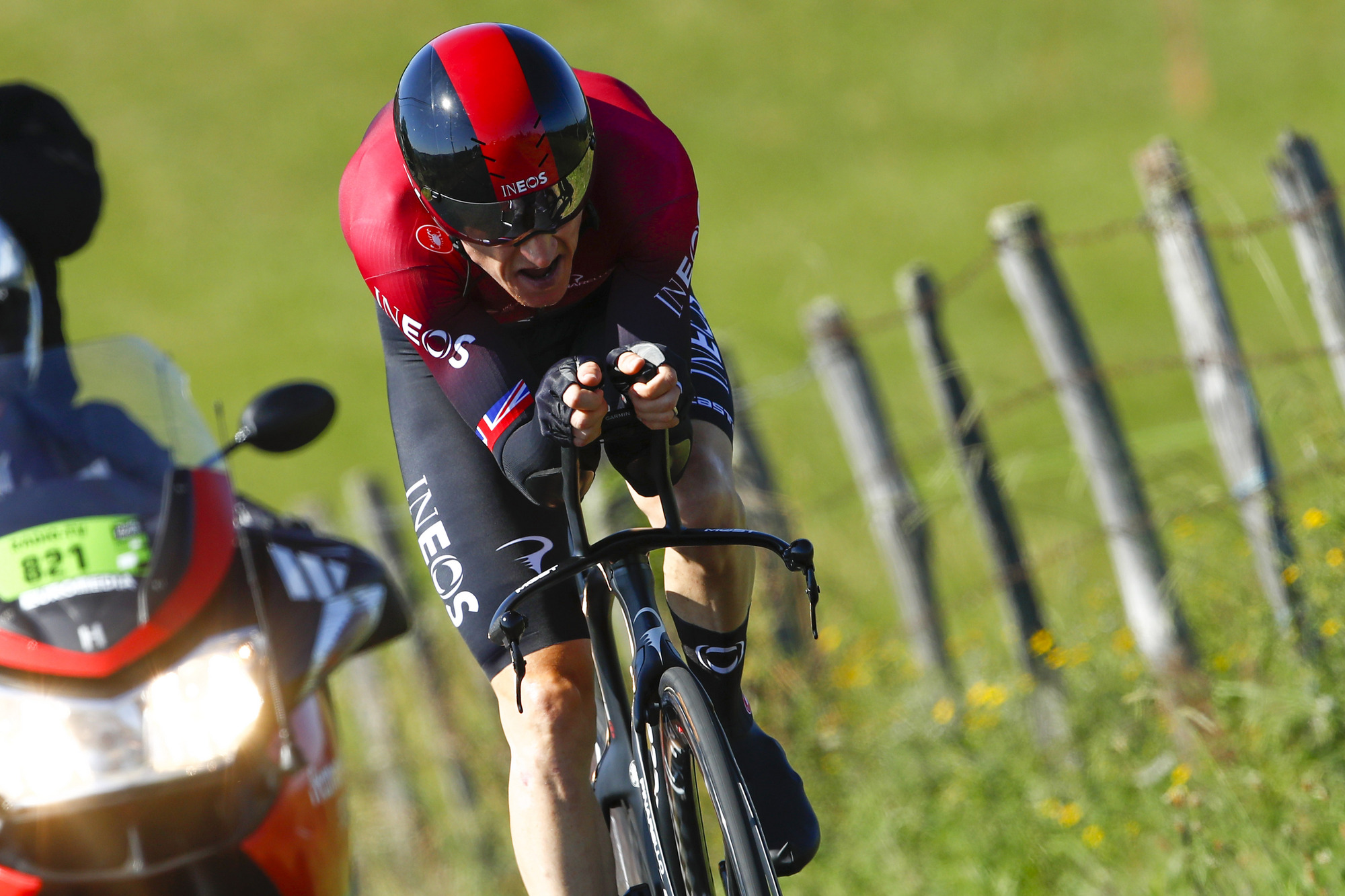
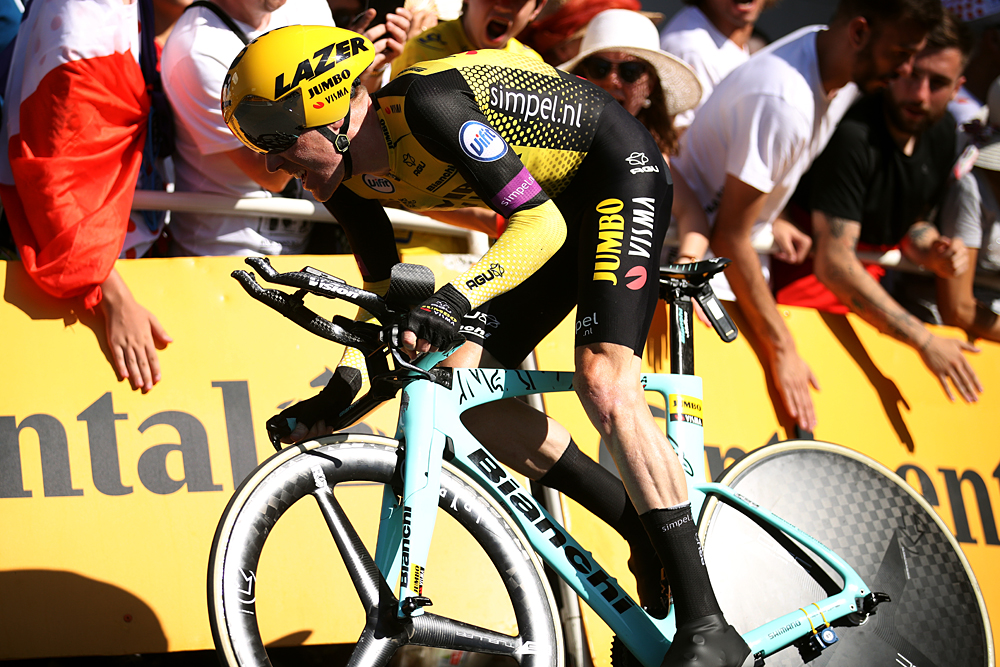
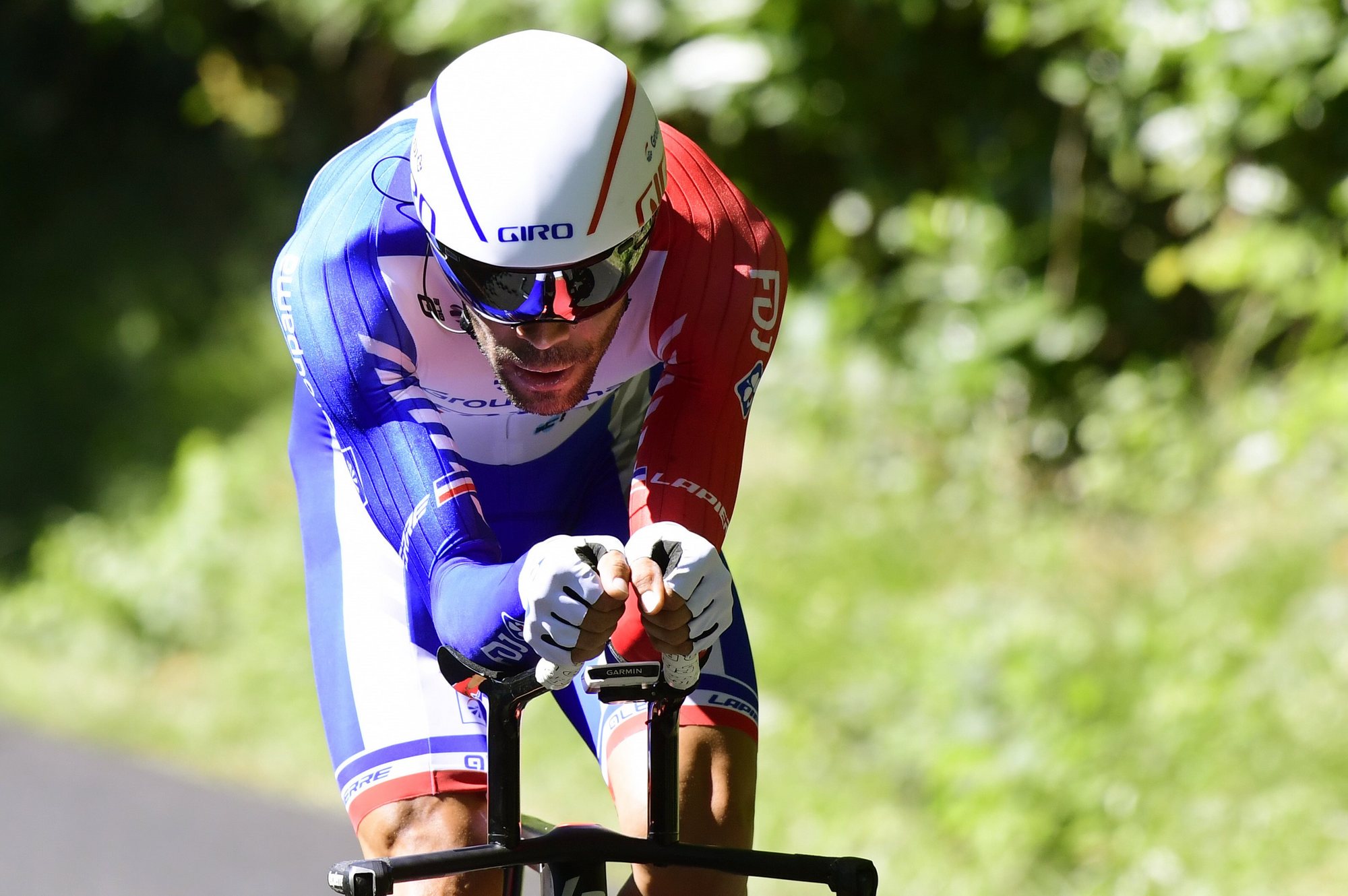
Surviving the time trial and still being in the race lead was remarkable enough for Julian Alaphilippe (Deceuninck-QuickStep), but by actually winning the stage and increasing his lead over Geraint Thomas (Team Ineos), the Frenchman has confirmed himself as the gift to this year's Tour de France that keeps on giving.
Before the 27.2-kilometre stage 13 around Pau, everyone – including me – was thinking that the Frenchman was a temporary distraction in the battle that would decide the podium places in Paris. Things have now changed, not only for Alaphilippe but for every team that is involved in the GC race.
Up until now, the assumption has been that, come the first major test of form, a Team Ineos rider would be in yellow, or at least be in the position of waiting to take over. All the various tactics, and these include those of rival squads, will have been based on that idea because that's what has happened since 2012, and there have been no circumstances that have challenged the consensus.
Team Sky before, and Team Ineos now, have been constructed, trained and directed to ensure that the plan is followed right down to the finest details. They take the race lead, ride a tempo that discourages or limits any challenges, and then in the finale – if they feel it's necessary – take a bit more time from the nearest rival to build a bigger buffer. Just in case.
The riders that support the Team Ineos leader aren't known for going in the breaks, attacking halfway through a stage or doing anything other than keeping the race under control, closing gaps or setting a pace that sees everyone struggle. It's a system that works well and it's a system that the other teams have got used to, because they know ultimately that's how the race will be run.
With two Pyrenean days coming up, it will be interesting to see if they stick to that formula and hope that Alaphilippe cracks under the pressure, or whether they change things and try something more aggressive. Stage 14, which features the Col d'Aubisque and the Col du Tourmalet, will answer the first question of whether the race leader can climb with the best GC riders in the really big mountains. That might seem a strange thing to ask of someone who won the mountains jersey the previous year, but Alaphilippe did that by going on the offensive, getting in the breaks and amassing points that way.
He wasn't part of the fight for the overall, but this is entirely different, and he has no previous history that gives clues as to how he'll deal with the situation. The GC race is a very different thing to cope with in the big mountains, and there's the strength of his Deceuninck-QuickStep team to soak up the pressure that they'll be under now to consider, too.
Get The Leadout Newsletter
The latest race content, interviews, features, reviews and expert buying guides, direct to your inbox!
The Tourmalet will tell us if Team Ineos try sticking to their usual plan and attempt to burn off everyone by setting a ridiculous tempo followed by one big attack from Thomas. The options at this point in the race are many, but the role that Egan Bernal will be given will be a clue. He could be sent ahead to make the others chase or he could be the last man in the Ineos train that puts everyone except Thomas in the red.
Let's not forget all the other teams, because it's not over for them, either. For the moment, they can sit back and watch Ineos versus QuickStep, or they can race as they intended to. All the guys currently in the top 10 are still in the GC race; once they're over four minutes down, then it's much more difficult to see them being on the podium.
So Steven Kruijswijk (Jumbo-Visma), Thibaut Pinot (Groupama-FDJ) and Rigoberto Urán (EF Education First) can have belief that it's them, and even Nairo Quintana can hope as long as he has the full support of his Movistar teammate Mikel Landa. How Mitchelton-Scott go about recovering the situation for Adam Yates will be one to watch out for as they have brother Simon stored up for this last week.
Romain Bardet (AG2R La Mondiale) has had a torrid time, shipping minutes here, there and everywhere, but the mountains are his terrain. It's he same for Dan Martin (UAE Team Emirates) – he can attack and there won't be a panic. Richie Porte (Trek-Segafredo) seems to be improving, so he could be one of those that profits from the stalemate if the Ineos versus QuickStep fight isn't conclusive. Whatever happens, Julian Alaphilippe has, with his time trial ride, changed the way this Tour is going to be conducted.
Philippa York is a long-standing Cyclingnews contributor, providing expert racing analysis. As one of the early British racers to take the plunge and relocate to France with the famed ACBB club in the 1980's, she was the inspiration for a generation of racing cyclists – and cycling fans – from the UK.
The Glaswegian gained a contract with Peugeot in 1980, making her Tour de France debut in 1983 and taking a solo win in Bagnères-de-Luchon in the Pyrenees, the mountain range which would prove a happy hunting ground throughout her Tour career.
The following year's race would prove to be one of her finest seasons, becoming the first rider from the UK to win the polka dot jersey at the Tour, whilst also becoming Britain's highest-ever placed GC finisher with 4th spot.
She finished runner-up at the Vuelta a España in 1985 and 1986, to Pedro Delgado and Álvaro Pino respectively, and at the Giro d'Italia in 1987. Stage race victories include the Volta a Catalunya (1985), Tour of Britain (1989) and Critérium du Dauphiné Libéré (1990). York retired from professional cycling as reigning British champion following the collapse of Le Groupement in 1995.
